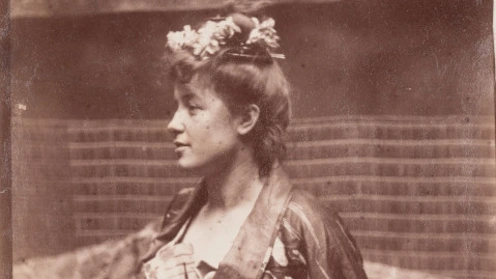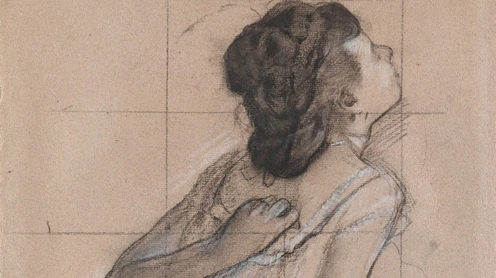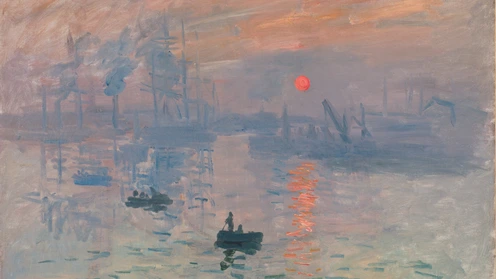Ethnographic sculpture
"Ethnographic sculpture introduced art into a new field, in the field of science and therefore of ideas (...) it shows the beautiful in all its aspects and under all its climates", wrote Gérard de Rialle in 1863.
In the 19th century, exploration expeditions prompted a growing interest in the study of different peoples. First, mouldings from nature were made, among which the Hottentote Venus (painted plaster, 1815) is no doubt the best-known example. These were then followed by busts made in France from foreign models (by the sculptors Dantan, Préault, Carpeaux, Bartholdi) and then pieces made in the very countries where the models came from.
Under the Second Empire, Cordier was thus entrusted with several missions to Northern Africa : there he made so-called "scientific" busts which made up the anthropological gallery in the museum. At the end of the century, ethnographic sculpture, of which Ward was the first representative, was incorporated in orientalism and became for Gauguin a pretext for his personal artistic expression.
The exhibition is now over.
See the whole program




